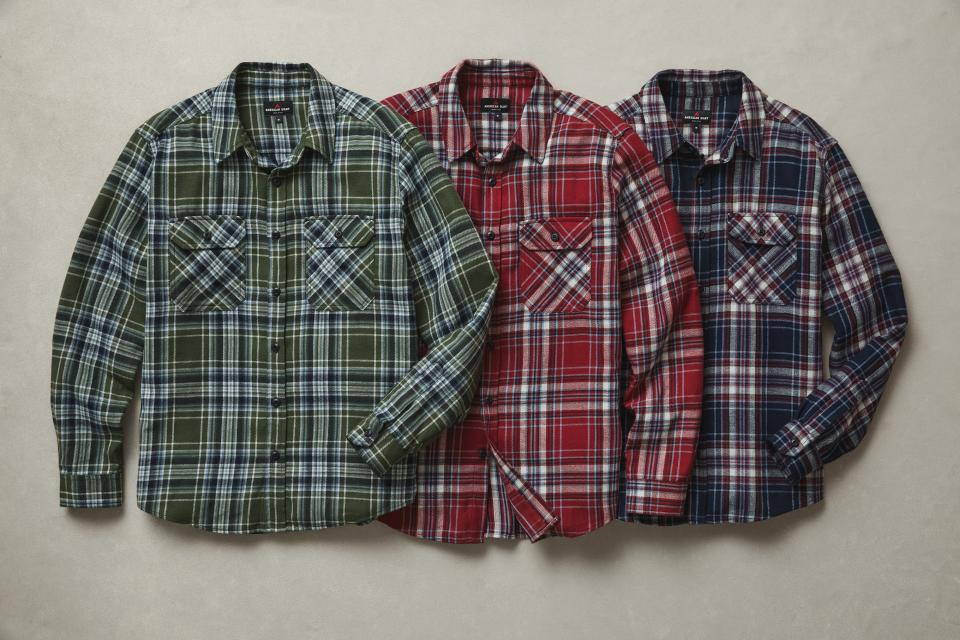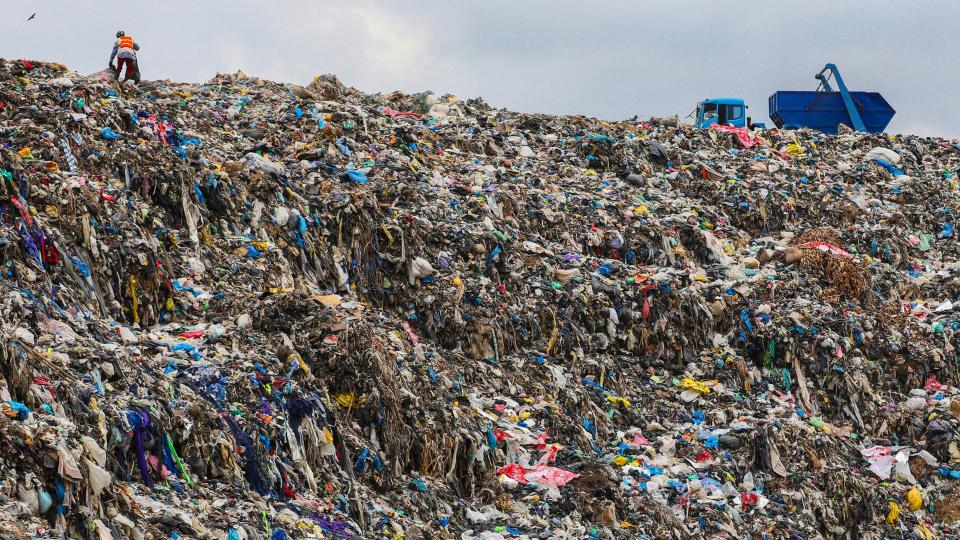Why Is It So Hard to Make Good Clothes in America?

The flannel shirt is a quintessential American garment. It’s comfy yet stylish, iconic but accessible, and beloved by blue-collar workers and coastal elites alike. But as inseparable as the flannel shirt is from American culture, very few are made here anymore. After decades of cost-cutting by American fashion brands, the factories that once specialized in dying yarn, weaving it into multi-colored tartans and “napping” it to give it its signature fuzzy feel, have mostly been shuttered, and millions of jobs have been moved overseas.

In his new book, American Flannel, journalist Steven Kurutz uses American Giant’s quest to build a 100% made-in-USA flannel shirt from the ground up to spotlight the small but passionate community of brands and makers (including one dubbed “the sock queen of Alabama”) dedicated to keeping the American garment industry alive. We talked to Kurutz about the surprisingly complicated process of making flannel stateside, why factory jobs are worth saving, and how writing the book changed the way he thinks about clothes.
GQ: Why are flannel shirts such a good gateway into the world of American-made clothes?
Steven Kurutz: It feels like an iconic American garment and it conjures all these associations of farmers and lumberjacks and carpenters. My father wore flannel shirts to work every day, and all those Seattle bands I loved in high school like Soundgarden and Nirvana, they all wore flannel shirts, so it was really surprising that America had lost the ability to make them. I thought that was symbolic.

What makes flannel so difficult to produce?
It's this really interesting blend of engineering and art, to get the warp and the weft correct and everything lined up on a loom. American Giant had set out to make yarn-dyed woven shirts, which involved dyeing the yarn and that process requires an understanding of chemistry, but also a painter's eye as to how color goes together. Then you have the napping part of a flannel shirt, and if it's not napped correctly it'll be rough as sandpaper. So in following that process of making a flannel shirt, I could get into all these different businesses within the textile industry, the cut and sew shops, the dye factories, the people who were weaving the flannel, the people who were napping and finishing the flannel, and all of those things that make flannel interesting.
What makes American Giant founder Bayard Winthrop such an interesting character?
I describe him as a force of nature. What most people do if they want to start a clothing company is they focus on marketing, they offshore all the manufacturing, and then they pocket the difference. But he has all these strong opinions about what constitutes a good quality product, why things need to be made in America, and why that matters. The textile industry in the US has really been beaten down, so the economics are really not in your favor if you're trying to make things here, but he was putting his money where his mouth was by creating this company and doing things the hard way.

Why do you think jobs in textile mills and cut-and-sew shops are worth saving?
I grew up in a small town in Pennsylvania where the Pennsylvania Railroad had its maintenance shops, and I've watched my hometown wither over the past 50 years. The thing about many of these textile jobs is you could get a job at 18, and work there your entire life, and that stability allowed the next generation to go off to college. When you close the mill down, you're destroying a community and you're taking away upward mobility. That's the importance of a manufacturing job to many places around the country, and these were things I wanted to say in the book. The other thing is, we all saw what happened when the pandemic came, and suddenly America realized we have no capacity to make masks or ventilators or PPE or the machines that make PPE. What is a nation that doesn't know how to make vital things?
How did writing this book change the way you think about your own wardrobe?
I think I'm just more intentional about it. If I can find socks made in the USA, and I can afford to buy them, I'm going to buy those socks and wear them. If I can find a flannel shirt made in America, I'm going to buy that flannel shirt. It's not like I'm dressing head to toe in American-made, and I don't think I would ever do that, but being in these factories I have a much greater understanding of the work that goes into making clothing.
You know, Todd Snyder, told me this great line, and I’m paraphrasing, but it was something like, “Every time I go into a factory and I see how much work goes into making something, I think, ‘This stuff is [sold for] too cheap.’” Meaning, after you see the amount of labor and the number of hands involved in making a garment, you'd expect to pay a lot more than the retail price.
When you donate your clothes to a thrift store… where do they go? In an excerpt from his new book *Wasteland*, GQ’s Oliver Franklin-Wallis exposes how the rise of fast fashion is leading to a tidal wave of trash—and sparking ingenuity among local designers where the waste is piling up.
Originally Appeared on GQ
More Great Style Stories From GQ
How Vintage Clothing Became the Hottest Thing in Fashion
Robert Pattinson Is Dressing for the Role of a Lifetime: Fatherhood
Paul Mescal Is the Undisputed Champ of Freaky, Cropped Gymwear
First Look: Tyler, The Creator Designed a Capsule Collection for Pharrell’s Louis Vuitton
Nike Is Dropping an Outrageous Air Force 1 to Celebrate the Year of the Dragon
Not a subscriber? Join GQ to receive full access to GQ.com.


